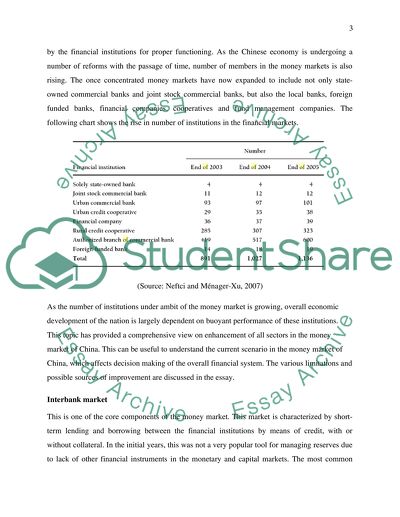Cite this document
(“The development of the Chinese money market and its critical issues Essay”, n.d.)
The development of the Chinese money market and its critical issues Essay. Retrieved from https://studentshare.org/marketing/1633573-the-development-of-the-chinese-money-market-and-its-critical-issues-for-future-development
The development of the Chinese money market and its critical issues Essay. Retrieved from https://studentshare.org/marketing/1633573-the-development-of-the-chinese-money-market-and-its-critical-issues-for-future-development
(The Development of the Chinese Money Market and Its Critical Issues Essay)
The Development of the Chinese Money Market and Its Critical Issues Essay. https://studentshare.org/marketing/1633573-the-development-of-the-chinese-money-market-and-its-critical-issues-for-future-development.
The Development of the Chinese Money Market and Its Critical Issues Essay. https://studentshare.org/marketing/1633573-the-development-of-the-chinese-money-market-and-its-critical-issues-for-future-development.
“The Development of the Chinese Money Market and Its Critical Issues Essay”, n.d. https://studentshare.org/marketing/1633573-the-development-of-the-chinese-money-market-and-its-critical-issues-for-future-development.


